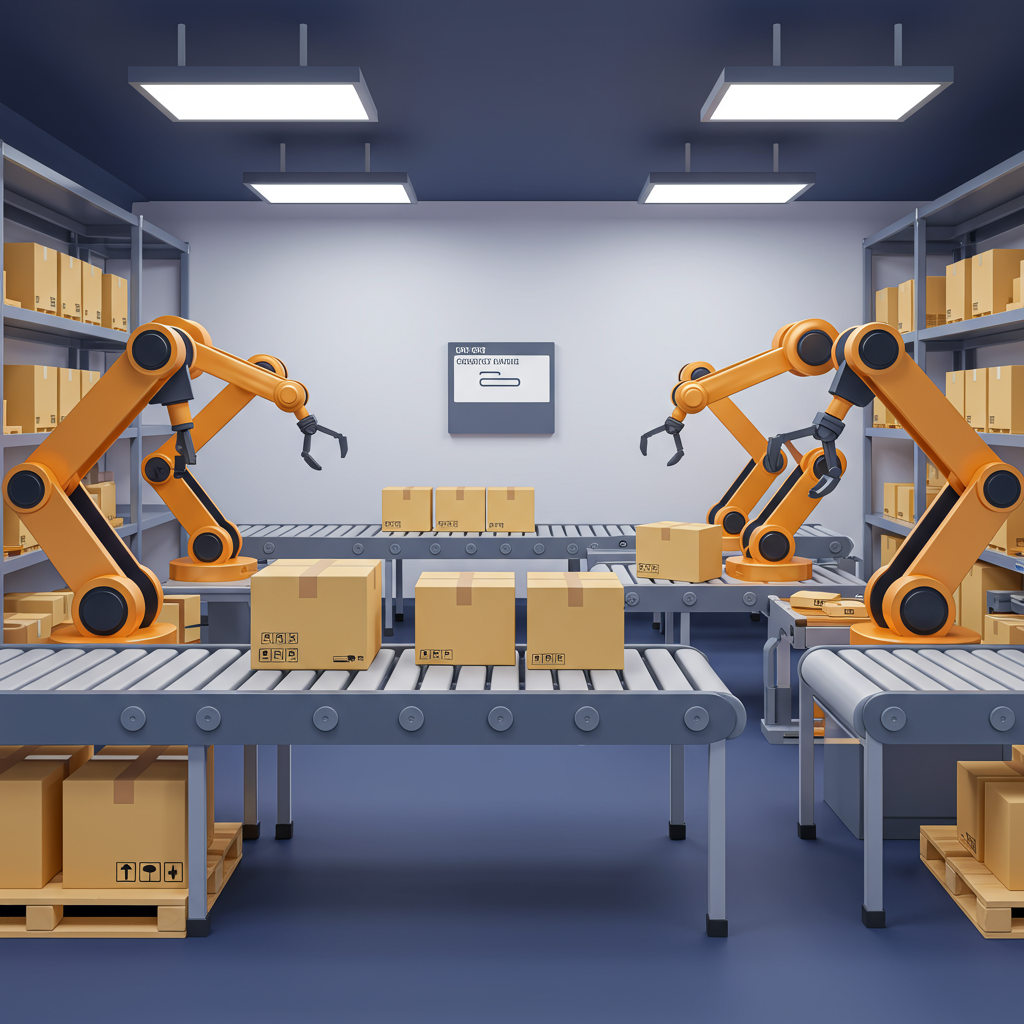Unlock efficiency, save time, and scale your e-commerce business by automating your order fulfillment process on Shopify.
As a Shopify merchant, I know the grind. Fulfilling orders manually can quickly become a bottleneck, especially as your business grows. It’s a time-consuming, error-prone process that can eat into your profits and customer satisfaction.
That’s where fulfillment automation comes in. It’s about leveraging technology to streamline and execute various tasks involved in getting an order from your store to your customer’s doorstep, with minimal human intervention.
For me, the biggest win from automation is reclaiming time. Instead of spending hours printing labels, updating inventory, and sending tracking emails, I can focus on product development, marketing, or customer service.
Automation drastically reduces human error. No more mislabeled packages, incorrect addresses, or forgotten tracking numbers. This leads to fewer returns and happier customers.
Imagine a sudden surge in orders. Manual fulfillment would buckle under the pressure. Automated systems, however, are designed to scale, handling increased volume without a proportional increase in effort or staff.
While there might be an initial investment, automation often leads to significant long-term cost savings. You reduce labor costs, minimize shipping errors, and optimize shipping rates.
Faster, more accurate fulfillment directly translates to a superior customer experience. Customers receive their orders quickly and without hassle, building trust and encouraging repeat business.
Let’s break down the key areas where you can automate. First up is order processing. Automation can automatically mark orders as paid, send confirmation emails, and even flag suspicious orders for review.
Keeping track of stock levels is crucial. Automated systems can update inventory in real-time, prevent overselling, and even trigger reorder alerts when stock runs low.
Shipping label generation is a huge time-saver. Automation can pull order details, calculate shipping rates, and generate shipping labels instantly, often integrating directly with carriers.
Once an order ships, customers want to know where it is. Automated systems can send tracking numbers, provide real-time updates, and notify customers of delivery.
Even returns can be streamlined. Automated portals can guide customers through the return process, generate return labels, and update inventory upon receipt.
Shopify itself offers some basic automation. You can set up automatic order archiving, send abandoned cart reminders, and manage basic shipping profiles.
For more advanced automation within Shopify, I highly recommend exploring Shopify Flow. It’s a powerful tool that allows you to create custom workflows based on triggers and actions.
For instance, you could use Flow to automatically tag high-value customers, send a specific email to customers who buy a certain product, or even notify your team when a product is low in stock.
Beyond Flow, the Shopify App Store is a treasure trove of fulfillment automation apps. These range from dedicated shipping solutions to comprehensive inventory management systems.
When selecting an app, consider your specific needs: do you need advanced shipping rules, multi-warehouse support, or dropshipping integration? Read reviews and check for compatibility.
Many apps and Shopify’s native features allow direct integration with major carriers like USPS, FedEx, UPS, and DHL. This is essential for real-time rates and label generation.
For many growing businesses, outsourcing fulfillment to a 3PL (Third-Party Logistics) is the ultimate automation. They handle storage, picking, packing, and shipping entirely.
A 3PL can offer economies of scale, faster shipping times (especially if they have multiple warehouses), and free up your time completely from the physical aspects of fulfillment.
If your order volume is consistently high, your storage space is limited, or you’re spending too much time on fulfillment, it might be time to explore 3PL options.
Now, let’s talk about setting up automation. Step one: Audit your current process. Before automating, understand your current manual process. Identify bottlenecks, repetitive tasks, and areas prone to error.
Step two: Define your goals. What do you want to achieve? Faster shipping? Reduced errors? Lower costs? Clear goals will guide your automation strategy.
Step three: Choose your tools. Based on your audit and goals, select the right combination of Shopify Flow, apps, or a 3PL. Start small and scale up.
Step four: Implement and test. Don’t just set it and forget it. Thoroughly test your automated workflows with dummy orders to ensure everything works as expected.
Step five: Monitor and optimize. Automation isn’t a one-time setup. Continuously monitor performance, gather feedback, and make adjustments to optimize your processes.
Initial setup can be complex. Data accuracy is paramount – ‘garbage in, garbage out.’ Ensure your product data and inventory are always correct to avoid issues down the line.
My own journey started with basic Shopify features, then I moved to a dedicated shipping app, and eventually integrated Shopify Flow for custom notifications. Each step freed up more of my time.
Automating fulfillment isn’t just about efficiency; it’s about building a more resilient, scalable, and customer-centric business. It allows you to grow without being overwhelmed by operational tasks.
What do you think about this article? Have you implemented any fulfillment automation in your Shopify store? I’d love to hear your experiences and tips!






